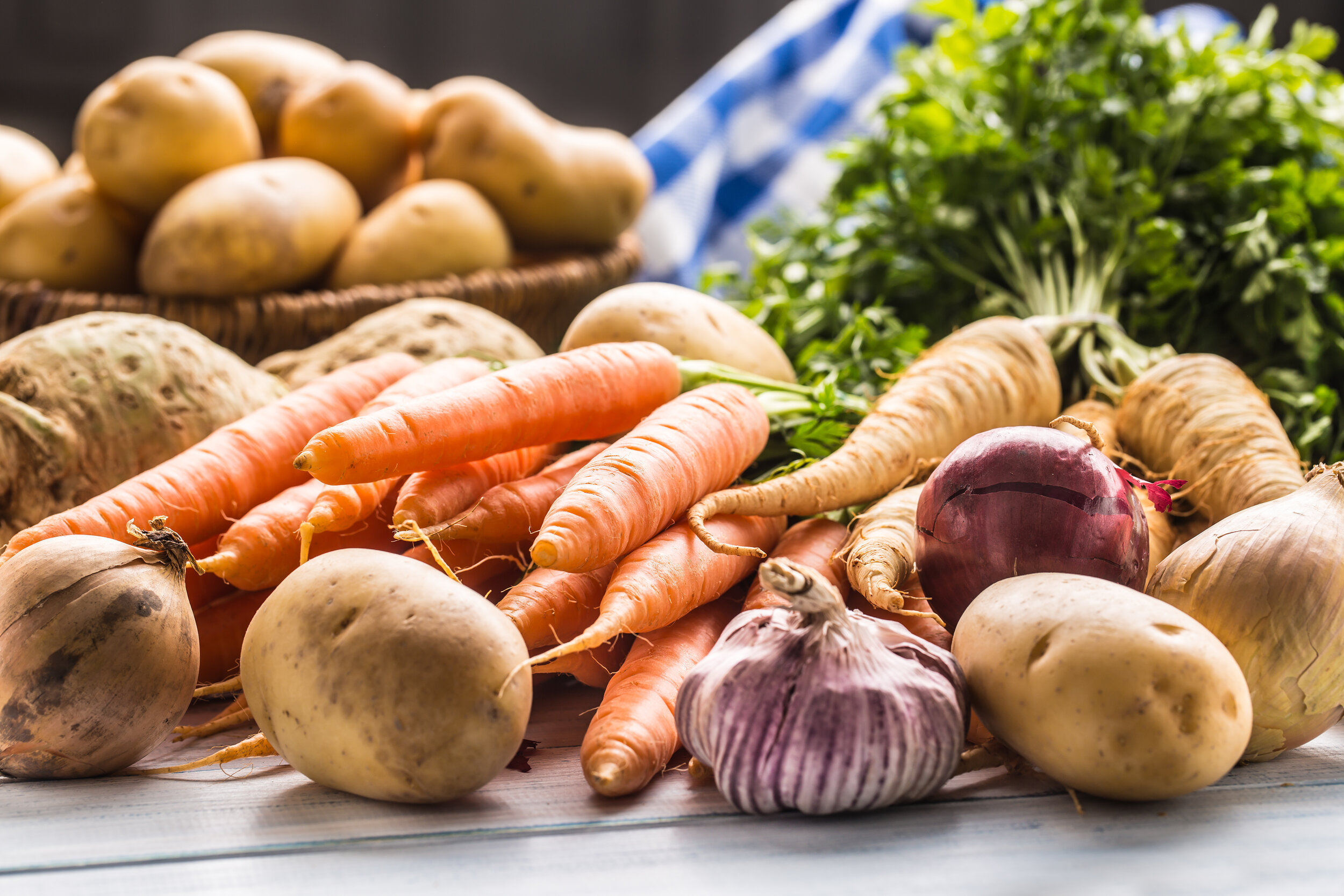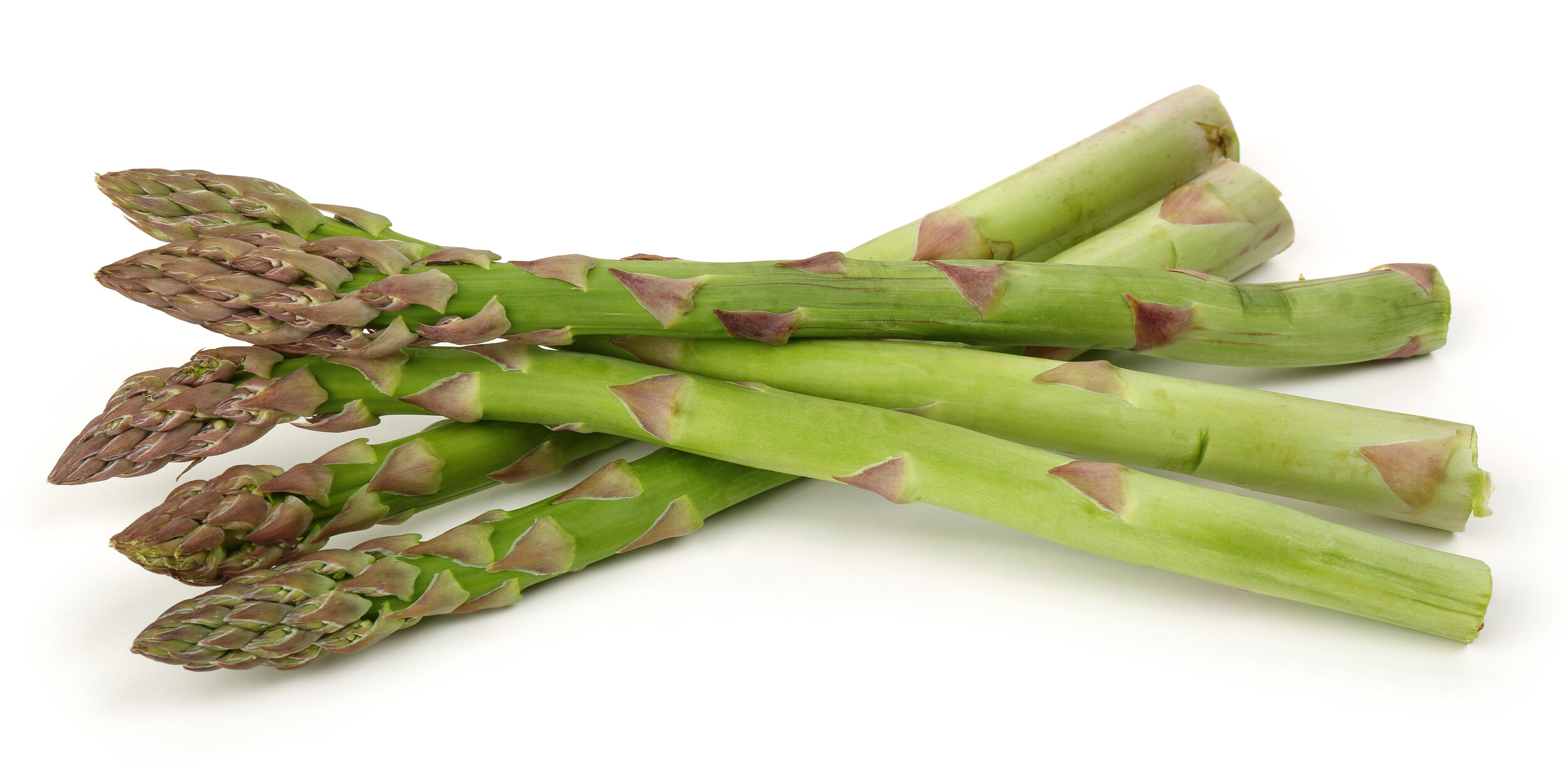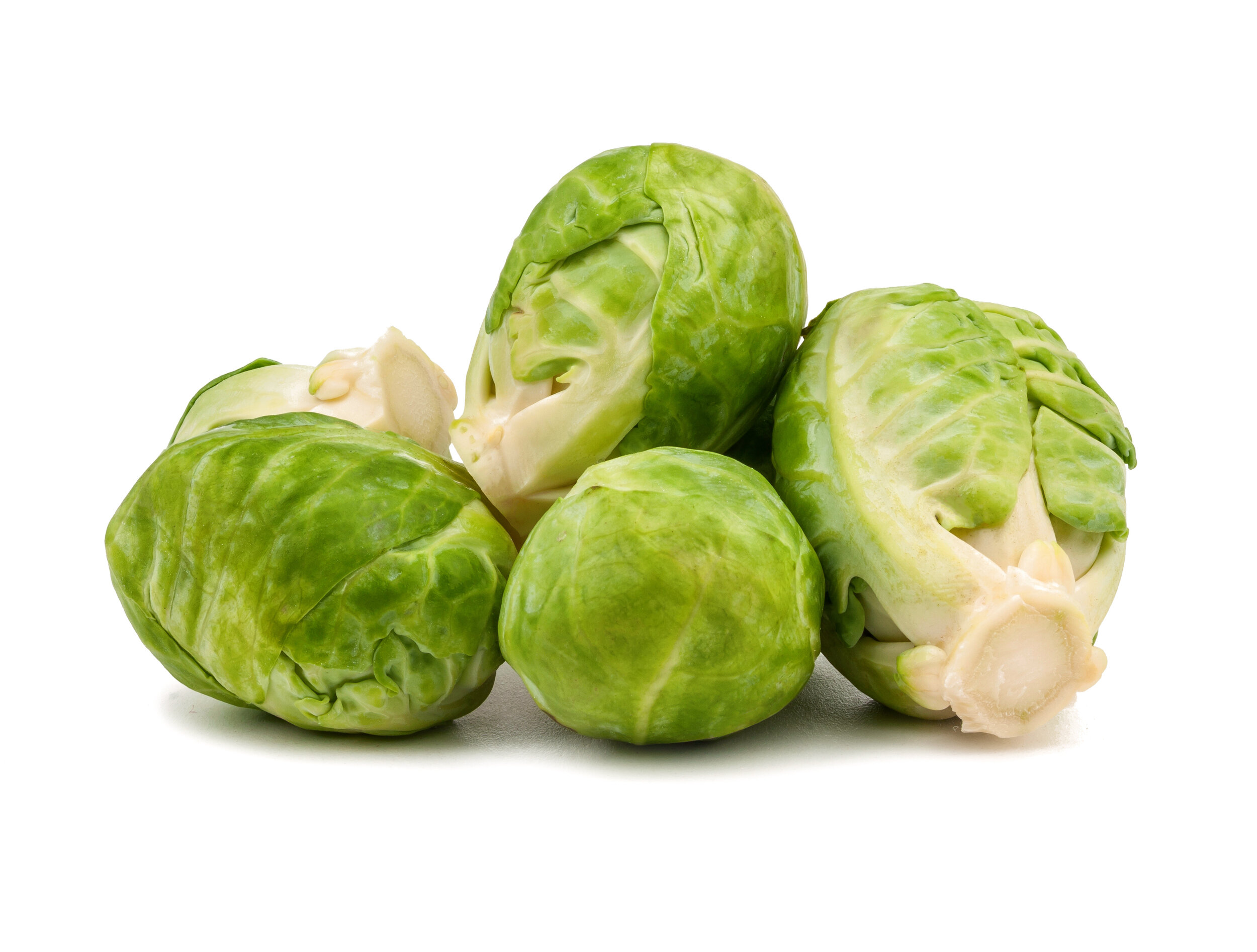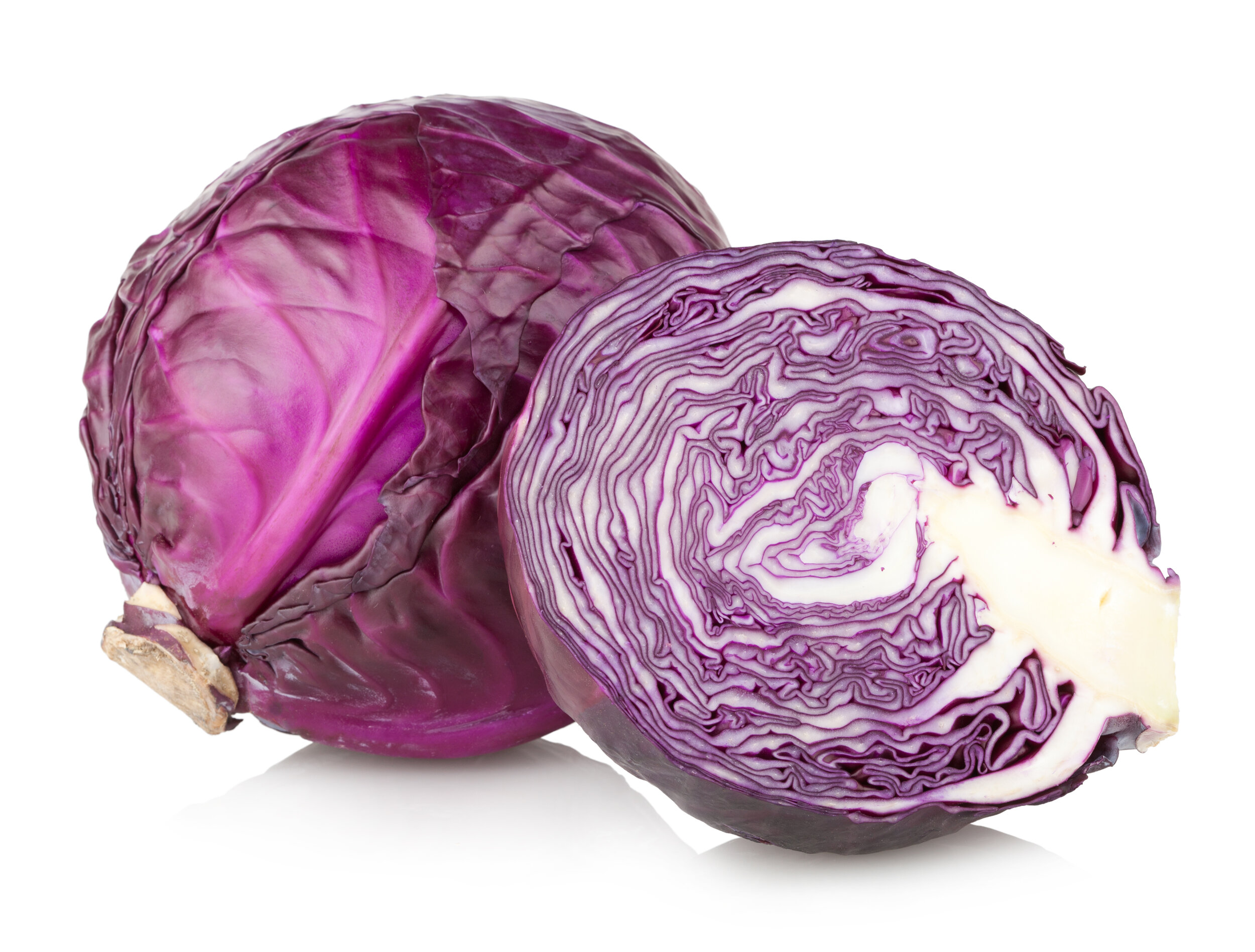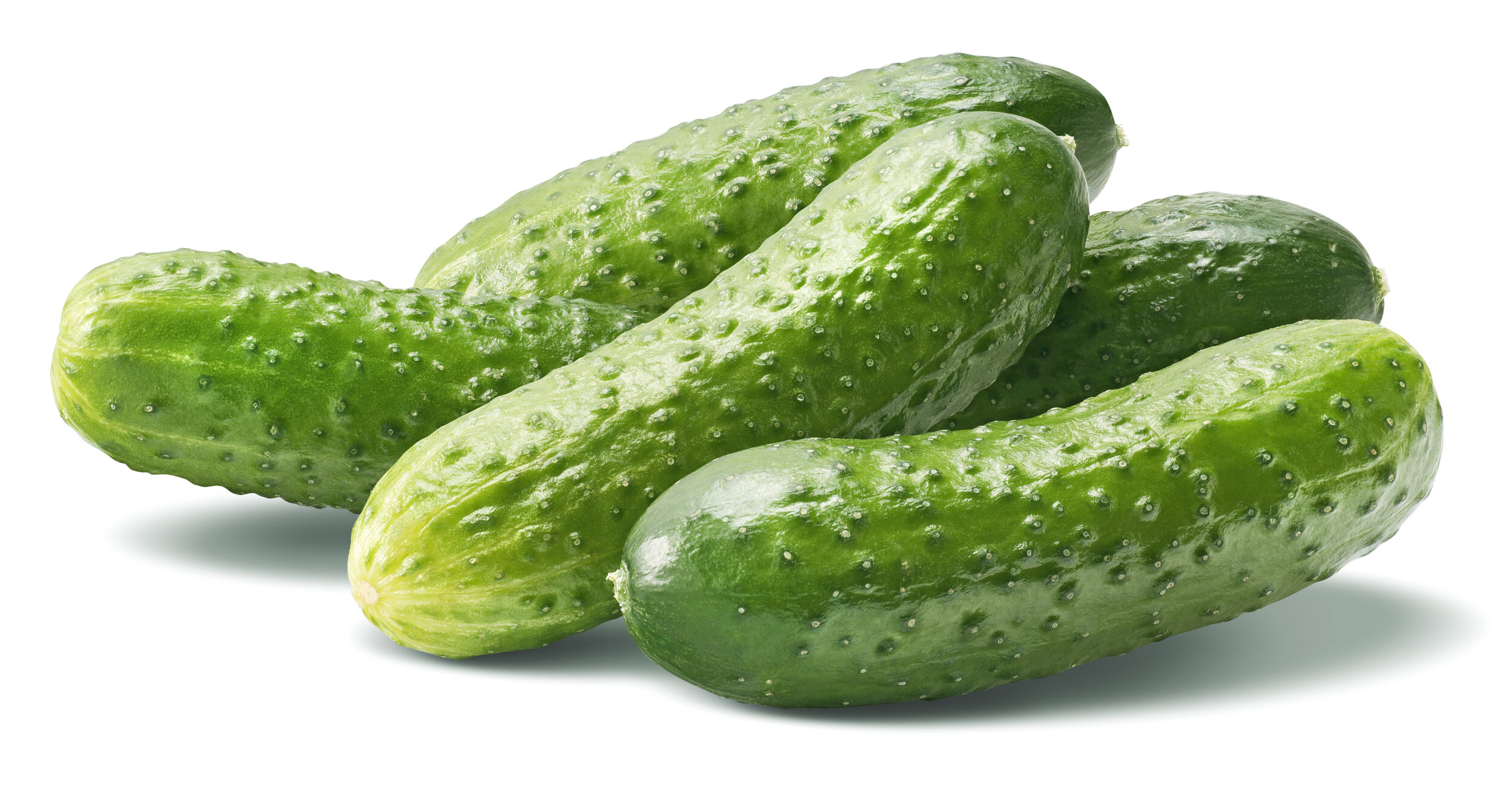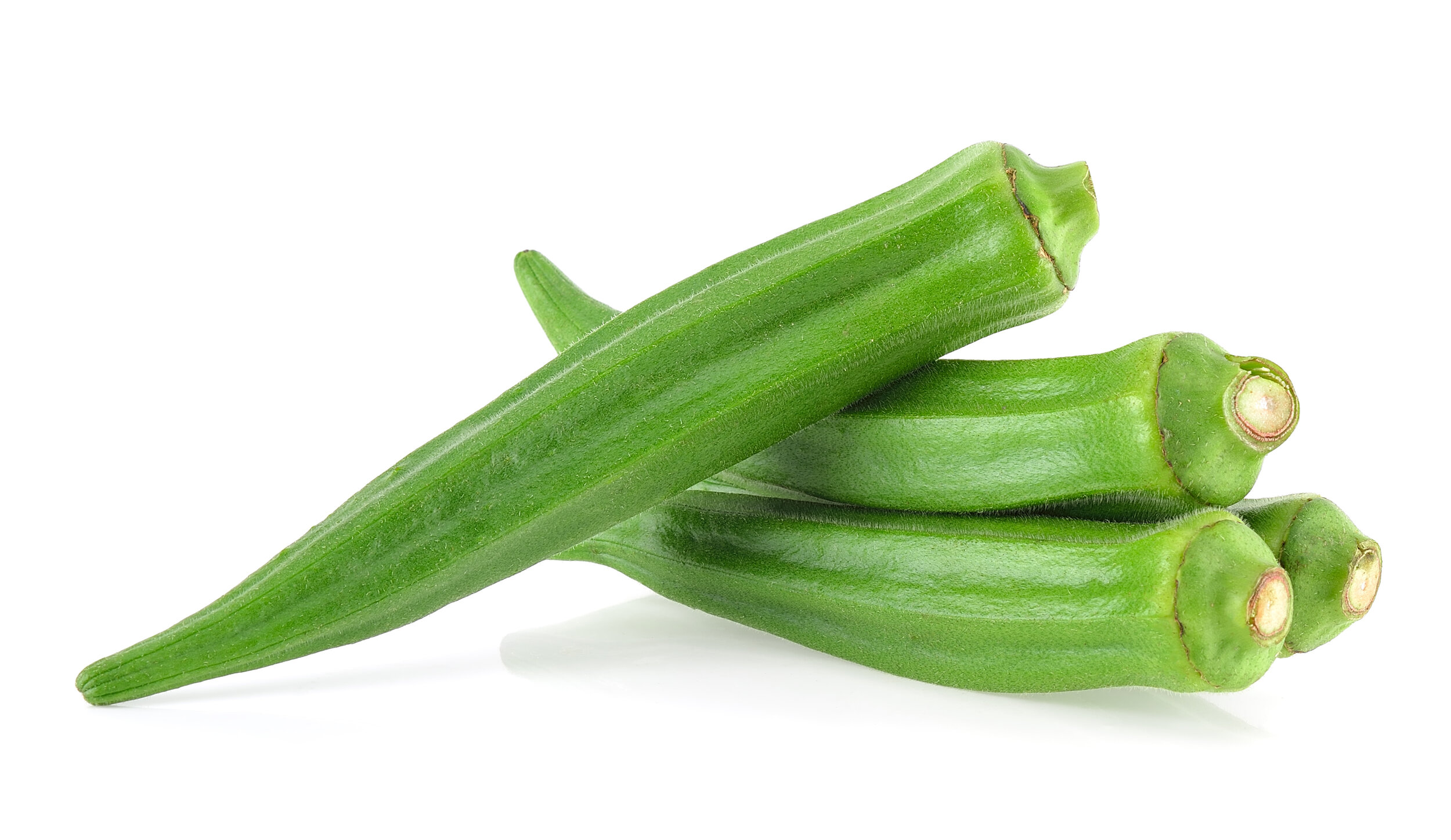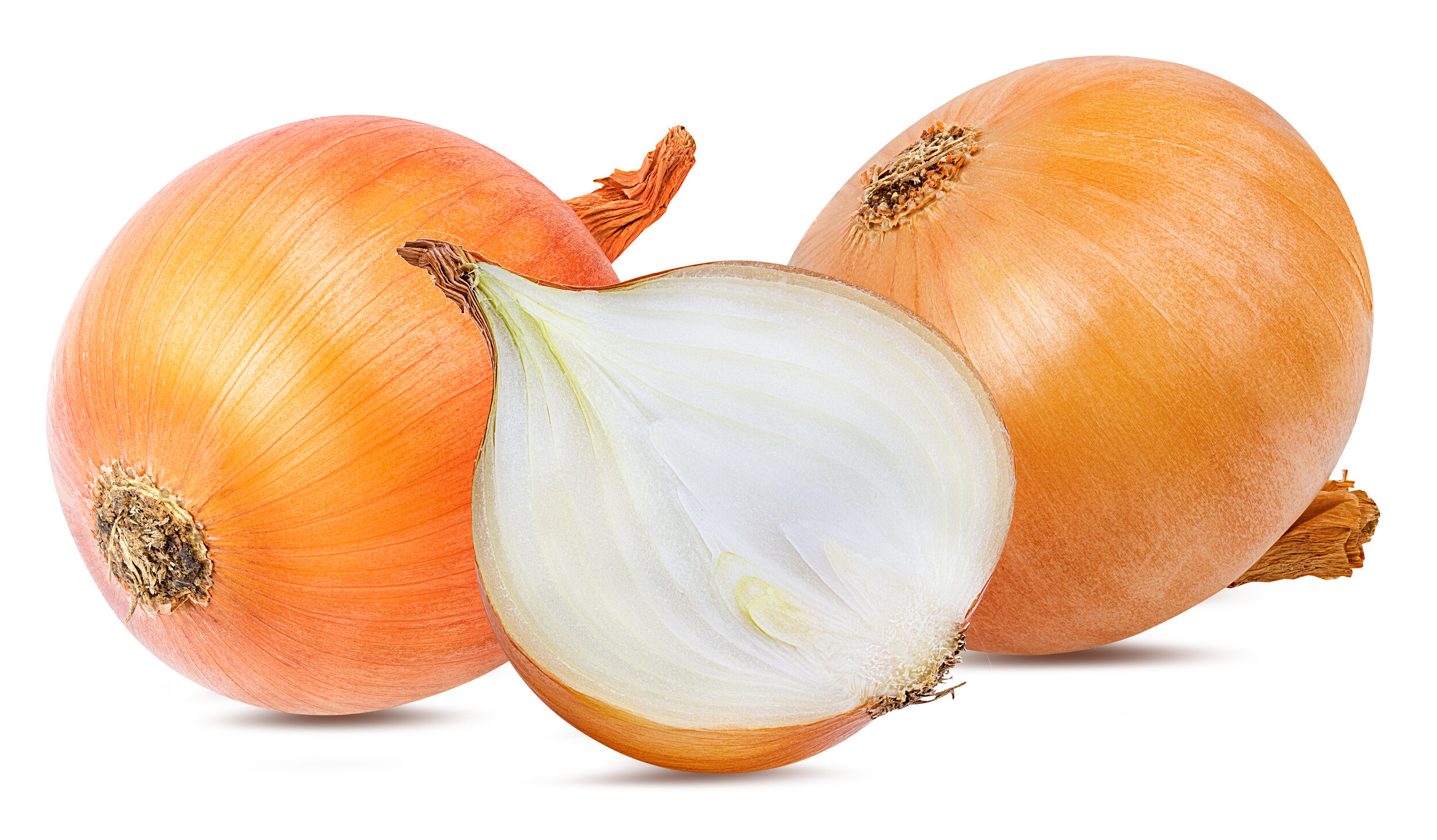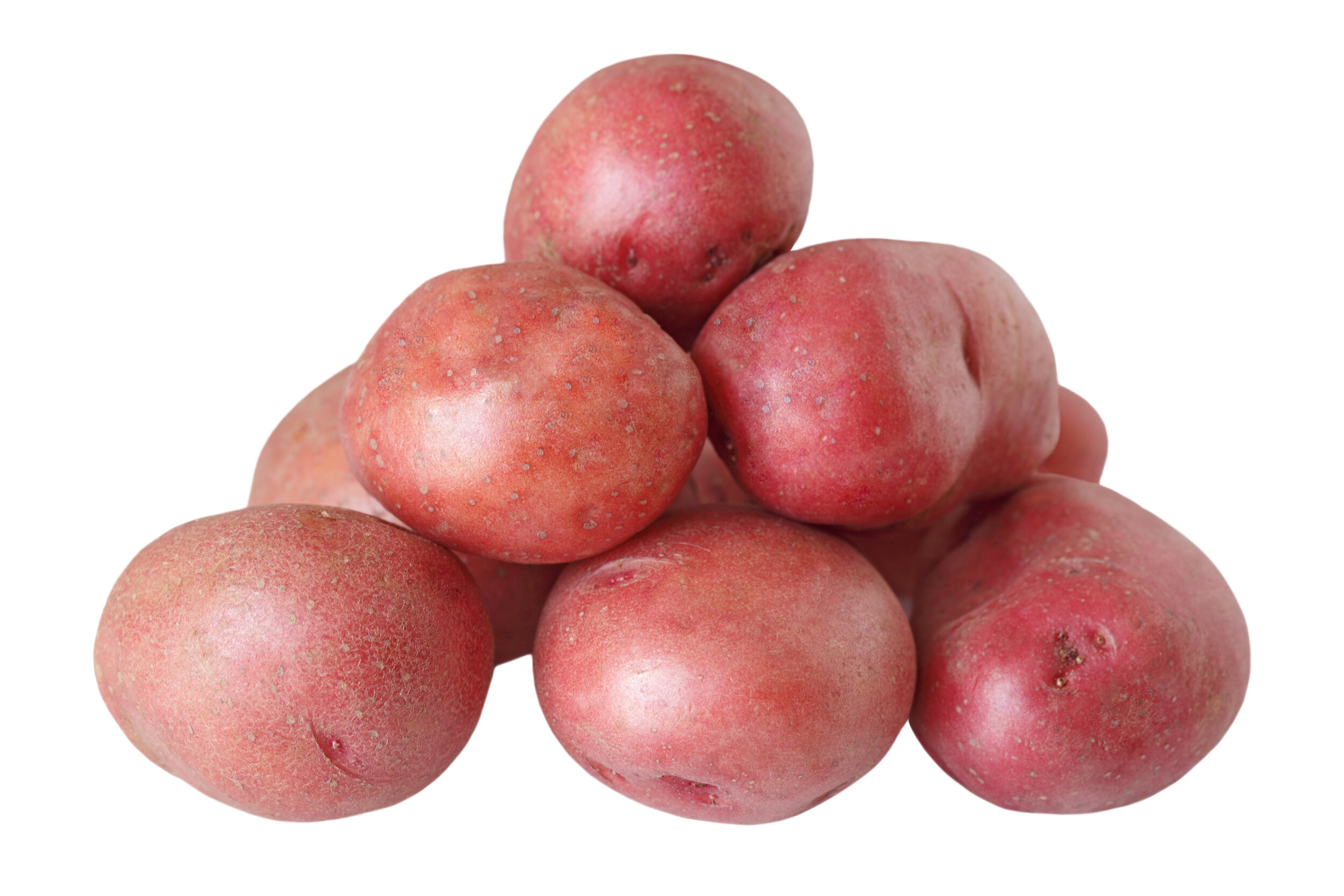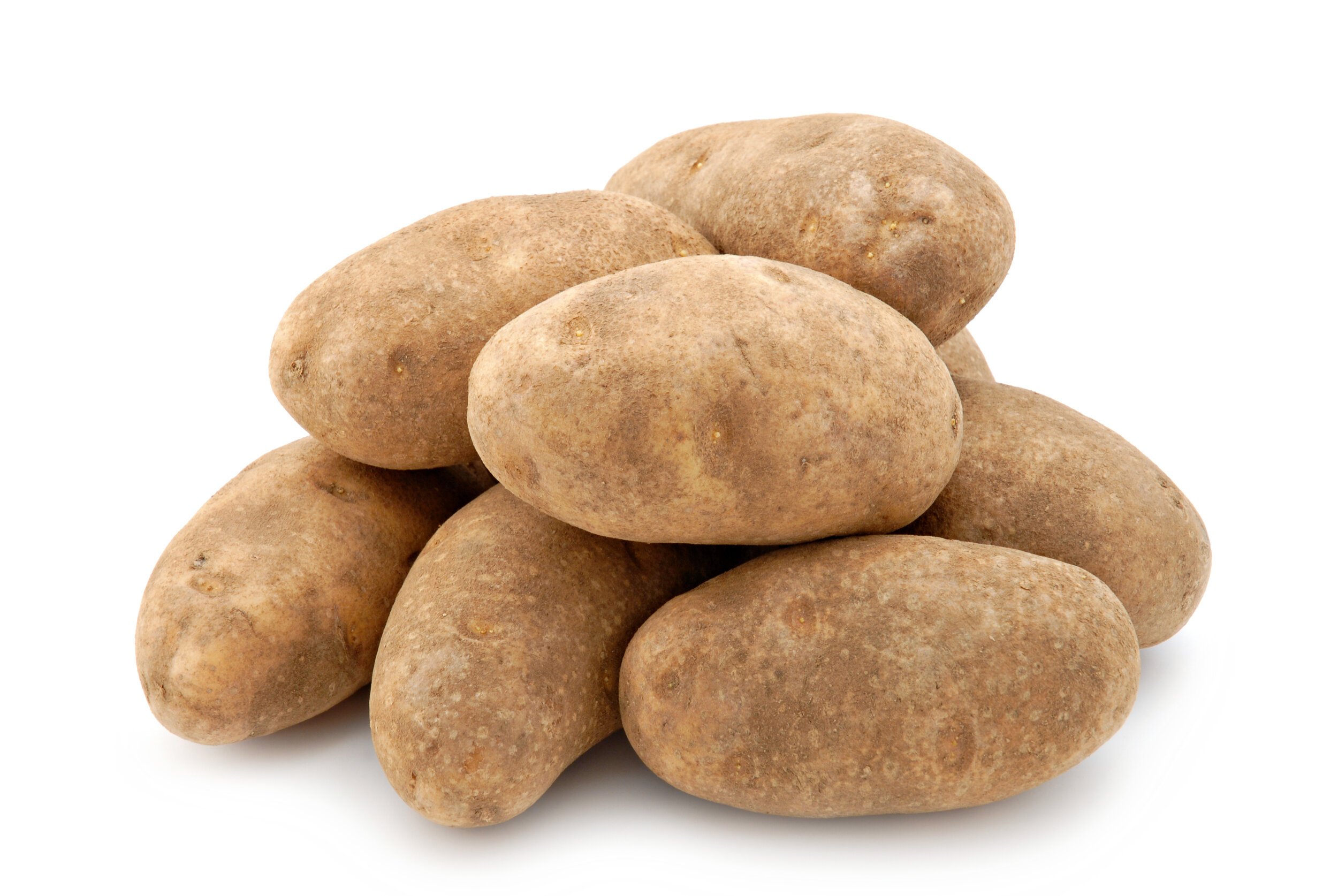vegetables
Asparagus
(Asparagus officinalis)
Just give a good place to grow, enough food and water with a proper weed control and every spring you will have food fit for a king.
A green vegetable known for its slender spears. This spears with their pointed scaled tips that are eaten are the young shoots of the plant.
Asparagus are a perennial flowering plant that can bear for 15 years or more.
Green Beans
(Phaseolus vulgaris)
Green beans are the unripe, young fruit and protective pods of various cultivars of the common bean.
Green beans are often called “string beans” for the long fibrous stem that runs along the outside of the bean
Broccoli
(Brassica oleracea var. italica)
Grown for its edible flower buds and stalk
Broccoli is an edible green plant in the cabbage family whose large flowering head and stalk is eaten as a vegetable.
Brussel Sprouts
( Brassica oleracea var. gemmifera)
Brassica oleracea (Gemmifera Group), commonly called Brussels sprouts, is a cool weather vegetable that is grown for harvest of small cabbage-like heads which form in leaf axils along tall stems of this plant. Brussels sprouts is in the same species (Brassica oleracea) as a few other cool season vegetables such as kale, cabbage, cauliflower, broccoli and kohlrabi. Common name reportedly comes from the popularity of this vegetable in Brussels Belgium commencing in the 1300s.
Green Cabbage
(Brassica capitate)
Part of the Brassica family, cabbage is a vegetable composed of layers of superimposed pale-green -succulent leaves. Leaves are free of hairs and covered with a waxy coating that gives the leaf surface a gray-green typical color.
Cabbage is used in salads and slaws, stir-fry it, or slow-cook it to bring out its essential sweet nature. Green cabbage can reach 7 to 10 inches in diameter and weigh up to 10 pounds.
The plants grow best in mild to cool climates and tolerate frost; some forms tolerate hard freezing at certain periods of growth. Hot weather impairs growth and quality.
Red Cabbage
(Brassica capitata)
Red Cabbage is distinguished by its color, texture and flavor. Rounded and wrapped in tightly wound waxy violet/purple leaves.
Their flavor is bolder and more peppery than green cabbage, which is also due to the anthocyanin pigments. These plant pigments produce red, pink, violet and magenta colors within different parts of food plants. The concentration of anthocyanin polyphenols in Red cabbage provide far greater health benefits than that of Green cabbage varieties. The anthocyanins act as dietary antioxidants.
Red cabbage lacks water weight, which makes its leaves chewier and coarser than Chinese cabbage varieties.
Red cabbage is available year-round.
Cauliflower
(Brassica oleracea var. botrytis)
Cauliflower is a cruciferous vegetable. The name means cabbage flower, coming from the Latin caulis (stalk) and floris (flower). This vegetable head is composed of a white inflorescence meristem. It’s a cluster of aborted, malformed flower buds that stopped developing in the bud stage. Cauliflowers come in white, lime green and purple varieties. Cauliflower heads resemble those in broccoli, which differs in having flower buds as the edible portion.
Cauliflower is as good a source of fiber and vitamins.
Tasty ways of eating cauliflower include cauliflower crust pizza and cauliflower and cheese soup.
Collard Greens
(Brassica oleracea, Acephala Group)
Collards are a form of kale. Thick-leaved, dense, and cabbage in flavor, collards are sturdier and stronger than most kales with dark green leaves with tough stems.
They're a member of the same group of plants that also includes kale, turnips, and mustard.
In addition to being tough, collards can also be bitter. Both qualities can be remedied by long, slow cooking using moist heat.
Kale
(Brassica oleracea, variety acephala)
Kale is a dark green, leafy vegetable that is part of the cabbage family. There are many different types of kale. The leaves can be green or purple and have either a smooth or curly shape.
Turnip Greens
(Brassica rapa subsp. Rapa)
Turnip greens are part of the cruciferous vegetable family. They are high in nutrients and low in calories. Turnip greens refer specifically to the stem and leafy green part of the turnip plant.
Mustard Greens
(Brassica juncea)
Related to kale, cabbage, and collard greens, they are flavorful, spicy, and peppery leafy. One of the most pungent and interesting of all the greens
These flavorful, spicy greens come from the same plant that makes mustard seed. Mustard leaves can be flat, crumpled or lacy edge.
Corn
(Zea mays)
Yellow corn is a variety of sweet corn. Technically classified as a grain crop, however treated as a vegetable when harvest young. Its ears are wrapped in tightly bound lime hued husks with silks and a tassel that extend out from the tip.
The yellow cobs of seeds known as kernels, are packed in tight almost uniform rows. A single ear of corn can contain up to 400 kernels.
Yellow corn is dried and ground into flour for baked goods, tortillas, cereals and used as a crust/crisping agent for dishes both savory and sweet. Corn is also used for oil, as a sweetener in foods and beverages and as a base for beverage alcohol.
Yellow corn is a significant source of Vitamin A and is available year-round.
Cucumbers
(Cucumis sativus)
American slicing cucumber is a widely cultivated plant. The fruit is roughly cylindrical, but elongated with rounded ends. They could grow up to 25 inches long and 4.0 in diameter.
They are a good source of fiber as well as potassium and magnesium. Recommended to control blood pressure and prevent atherosclerosis.
Commercial production of cucumbers is usually divided into two types. "Slicing cucumbers" are produced for fresh consumption. "Pickling cucumbers" are produced for eventual processing into pickles. Slicing cucumbers are usually larger and have thicker skins, while pickling cucumbers are usually smaller and have thinner skins.
Kirby (Pickle)Cucumbers
(Cucumis sativus)
A pickled or Kirby cucumber is a short, thick cucumber with bumpy rough skin and firm flesh. Usually 6 inches or less, with bumpy skin and firm flesh. This cucumber gets pickled in vinegar, or other solution and left to ferment for a period.
They are the most common variety of pickling cucumbers (and are usually recommended in pickle recipes) but we also love them in salads and diced into gazpacho. Super crunchy and mild in flavor.
Eggplant
(Solanum melongena)
Part of the nightshade family. Common Eggplants are oval with bulbous shape that narrows to the calyx.
Smooth, glossy dark purple or black skin with a green stem.
They can average 8-9 inches in length and 3 to 5 inches in diameter. The inner flesh is cream and with a spongy-firm texture. Once cooked, these eggplants are tender and mild with a slightly bitter taste.
Okra
(Abelmoschus esculentus)
Okra is a flowering plant in the mallow family. It is valued for its edible green seed pods. Green okra has ridges pods with a tapered shape ranging in length of five to six inches when harvested mature. The pods are pale lime to bright green color. The skin can often be fuzzy to prickly. Okra has a mild green bean flavor but is most known for its sticky sap that creates a gelatinous texture when cooked.
Yellow Onions
(Allium cepa)
Nearly 90 percent of onions grown in the US are yellow. Their deep flavor makes them endlessly versatile in cooking.
The yellow onion is a variety of dry onion with a strong flavor. They have a white, light yellow, or white inside; its layers of papery skin have a yellow-brown or pale golden color.
Store well, for at least a few weeks, and up to a month or two, when kept in a cool, dark place with good air circulation.
White Onions
(Allium sepa)
White onion is a type of onion that has a pure white papery skin and a sweet, mild white flesh. They have a short shelf life, lasting up to 2 days, or if refrigerated, they can last up to a month
The white versions are somewhat sweeter and milder and cleaner in flavor, but don't store quite as well as yellow onions do.
White onions can be eaten raw, thinly sliced in salads, “pico de gallo” or other raw preparations.
White onions are a totally acceptable substitute for yellow, especially if you’re cooking them.
Red Onions
(Allium sepa)
Red onions have a purplish-red skin and white flesh tinged with red.
Red onions are great for eating raw, bringing crunchiness and brightness to a variety of dishes. Red onions only make up about eight percent of the onion market in the US.
They are often consumed raw, grilled or lightly cooked with other foods, or added as a decoration to salads.
Red onions work well in salads and guacamole, or on a juicy burger.
Red Potatoes
(Solanum tuberosum)
Red potatoes are small to medium in size and are round or oval with a somewhat uniform shape. They have smooth, thin vibrant red skin, and firm, white inner flesh.
Because of their waxy texture, the flesh of red potatoes stays firm throughout the cooking process, whether they are being roasted or cooked in a stew.
Russet Potatoes
(Solanum tuberosum)
A russet potato is a medium to large, dark brown skin potato. They are long, cylindrical, and oblong in shape with a slightly flattened appearance. The skin contains faint spots of light and dark brown and is covered in russeting, which is a fine, sandpaper-like, rough, outer texture. The flesh is white, dry, and mealy, and it is suitable for baking, mashing, and French fries.

